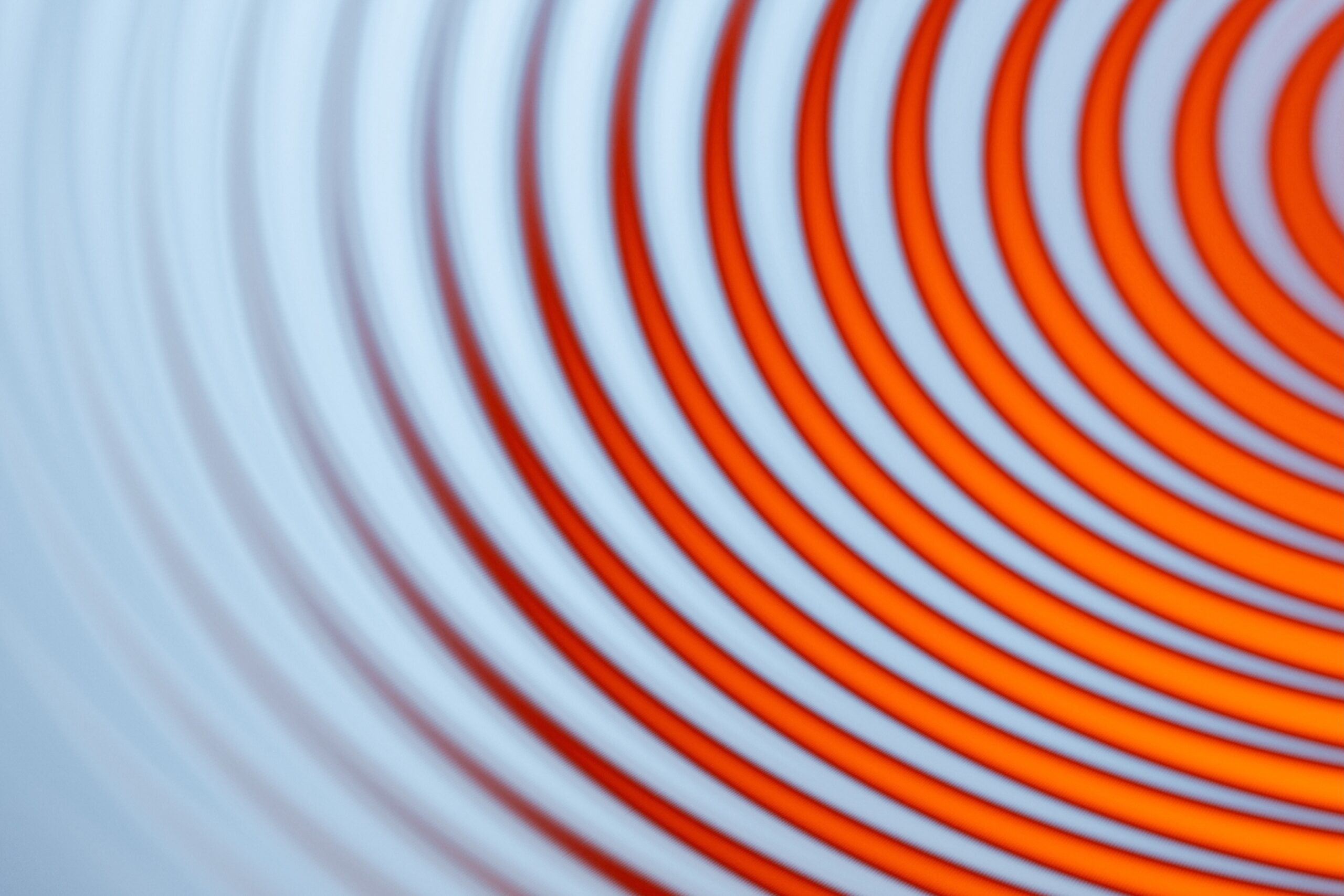Red light therapy pulsing means that light is emitted in short bursts instead of continuously. At different intervals, the light turns on and off. Continuous light therapy, on the other hand, emits light at all times. Some experts believe pulsing enhances therapy, while others claim it adds no benefit.
So, does pulsing improve results, or is it just a marketing gimmick? This article breaks down the science, reviews studies, and helps you decide whether pulsing is worth using in red light therapy.
Why Is Red Light Therapy Pulsing Controversial?
Several companies and experts question the value of pulsing. Some claim it’s just a trend taken from laser therapy and not useful for LED devices. Some believe that pulsing light improves biological effects, while others argue that continuous exposure is just as effective.
What is pulsing?
Pulsing means the device turns on and off at set frequency/interval instead of emitting a continuous beam.
So, who’s right on the topic of pulsing? Let’s look at the science.
Red Light Therapy Pulsing: What the Research Says
Several studies suggest that pulsed light may interact with biological systems differently than continuous light. Below are the key mechanisms through which pulsing may provide added benefits:
♦️ Reducing Heat Buildup & Increasing Penetration Depth
One primary argument for pulsing is that it reduces tissue heating while allowing higher power densities.
Study: A 2010 systematic review found that pulsing prevents excessive heat accumulation, which can be beneficial for deep tissue penetration.
What this means for you:
- Pulsing can allow stronger treatments without discomfort.
- It may be better for treating deep muscle tissue, joints, or the brain.
♦️ Brainwave Entrainment & Cognitive Effects
Certain pulsing frequencies align with brainwave activity, potentially affecting cognition, focus, and relaxation.
Brainwave frequencies of the human body:
- Delta (1-4 Hz): Deep sleep, relaxation
- Theta (4-10 Hz): Meditation, creativity
- Alpha (8-13 Hz): Learning, focus
- Beta (14-40 Hz): Alertness, problem-solving
- Gamma (40+ Hz): Memory, cognitive enhancement
Study: A 2021 study found that 40 Hz pulsed red light therapy improved cognitive function in Alzheimer’s patients.
What this means for you:
Pulsing may enhance brain function and mental clarity.
It could be beneficial for neurodegenerative diseases like Alzheimer’s.
♦️ Cellular Stimulation & Mitochondrial Effects
Pulsing may also impact cellular function differently than continuous light.
Red light therapy stimulates mitochondria to produce ATP (energy). Pulsing may create a more dynamic response, influencing gene expression and protein synthesis.
Study: A 2012 study on rats found that 10 Hz pulsing improved brain injury recovery better than continuous light.
What this means for you:
- Pulsing may enhance cellular repair and healing.
- It might be useful for injury recovery.
- Scientific Studies Comparing Pulsed vs. Continuous Red Light Therapy
Conclusion: Pulsing seems to matter in some cases, but it is not always superior.
When to Use Pulsed Red Light Therapy
Based on research, pulsing may be useful in the following cases:
- Deeper Penetration – Helps with brain therapy, muscle recovery, and joint pain.
- Reducing Heat Buildup – Allows high-intensity treatments without discomfort.
- Brainwave Entrainment – Aligning pulses with brain waves could support cognitive function.
- Neurological Disorders – Some research suggests 10 Hz pulsing benefits brain injury recovery.
- Pain Management – Pulsing may improve effects for chronic pain and inflammation.
However, if you’re using red light therapy for general skin health, beauty, or mild recovery, pulsing may not be necessary. If you’re unsure, stick to continuous light. It’s proven, simple, and effective.
Potential Risks of Pulsed Red Light Therapy
- Eye Strain & Fatigue – Rapid pulsing can cause discomfort if exposed to the eyes.
- Headaches or Brain Fog – Some people experience mild disorientation with pulsed frequencies.
- Epilepsy Risk – Flickering light may trigger seizures in sensitive individuals.
Solution: Wear eye protection and avoid high pulsing frequencies if you’re sensitive.
Final Verdict: Is Pulsing Worth It?
Yes, in some cases! Pulsing may enhance results for brain health, deep tissue treatment, and pain relief.
No, if you just want simplicity. Continuous light works great for skin, beauty, and mild muscle recovery.
Best approach: If your device has pulsing, experiment and track results. But if not, continuous therapy still works perfectly fine.
👉 Our Lumavit devices all have pre set modes already set with specific pulsing found most effective based on comprehensive studies.
Furthermore our devices offer the possibility to set your light frequency band and pulsing individually between 1-9,999 Hz.
Find our full product range HERE.
Study Findings:
1. Hashmi JT, Huang YY, Sharma SK, Kurup DB, De Taboada L, Carroll JD, Hamblin MR. Effect of pulsing in low-level light therapy. Lasers Surg Med. 2010 Aug;42(6):450-66. doi: 10.1002/lsm.20950. PMID: 20662021; PMCID: PMC2933784.
2. Jenkins PA, Carroll JD. How to report low-level laser therapy (LLLT)/photomedicine dose and beam parameters in clinical and laboratory studies. Photomed Laser Surg. 2011 Dec;29(12):785-7. doi: 10.1089/pho.2011.9895. Epub 2011 Nov 22. PMID: 22107486.
3. Lanzafame R. Light Dosing and Tissue Penetration: It Is Complicated. Photobiomodul Photomed Laser Surg. 2020 Jul;38(7):393-394. doi: 10.1089/photob.2020.4843. Epub 2020 Jun 5. PMID: 32503388; PMCID: PMC7374595.
4. Garcia-Argibay M, Santed MA, Reales JM. Efficacy of binaural auditory beats in cognition, anxiety, and pain perception: a meta-analysis. Psychol Res. 2019 Mar;83(2):357-372. doi: 10.1007/s00426-018-1066-8. Epub 2018 Aug 2. PMID: 30073406.
5. Costa TDC, Godeiro Júnior C, Silva RAE, Dos Santos SF, Machado DGDS, Andrade SM. The Effects of Non-Invasive Brain Stimulation on Quantitative EEG in Patients With Parkinson’s Disease: A Systematic Scoping Review. Front Neurol. 2022 Mar 2;13:758452. doi: 10.3389/fneur.2022.758452. PMID: 35309586; PMCID: PMC8924295.
6. Fernández-Checa JC, García-Ruiz C, Colell A, Morales A, Marí M, Miranda M, Ardite E. Oxidative stress: role of mitochondria and protection by glutathione. Biofactors. 1998;8(1-2):7-11. doi: 10.1002/biof.5520080102. PMID: 9699001.
